Thanks to social media, once little-known hidden gems are now international attractions, enticing hordes of visitors. Are the crowds spoiling these special places? Richard Baynes investigates.

The steep, soft red sandstone is blazed with green; the peaty water is like wine on the rock. We plunge over waterfalls into deep pots, swim through the slot of the 24-metre gorge, climb rough steps out and return on a faint path through quiet woods above, no one else in sight.
This is Finnich Glen, my local beauty spot, 10 years ago. Fast forward to 2023. The rock and water are the same, but add booze bottles, discarded clothes and litter. More than 70,000 visitors a year now descend on the site in Stirlingshire, which has no car park, proper paths, or pavement along the busy A809. Many scramble down steps, now dangerously collapsed, wearing sandals and town wear. Rock features are smashed, woodland undergrowth trampled to mud. There have been threats to the owner, fences kicked down, trees axed, parking chaos, sheep killed by dogs, fields used as toilets.
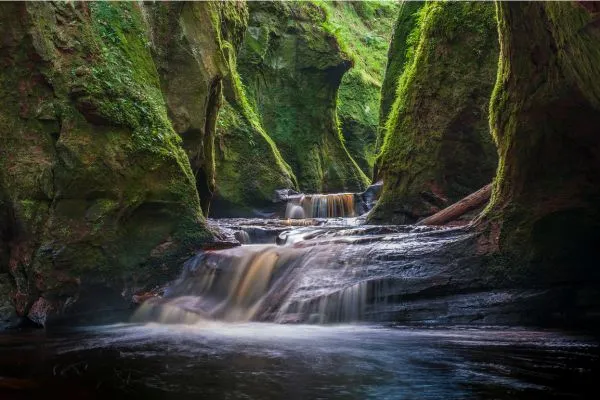
Talking to visitors now, I hear one main reason they come: social media.
Visits surged to Finnich Glen in 2014 when it featured in plaid-and-passion TV series Outlander, but that’s not why it has become a blot on the landscape.
Talking to visitors now, I hear one main reason they come: social media. There are 21,000 Instagram posts hashtagged Devil’s Pulpit, the other name for the gorge. A picture of a smiling couple here gets 300 likes, a dramatic snap 4,000. TikTok videos of the gorge get thousands of likes; there are piles of tweets on X. Finnich Glen is being viewed by millions of people.
Are social-media savvy tourists putting their own safety at risk?
Local beauty spots all over the UK, dramatic backdrops for selfies and videos, have felt the full force of sites such as Instagram and TikTok: the Trinnacles in the Peak District, Waterfall Country in Bannau Brycheiniog (Brecons Beacons) National Park, Isle of Oldham Mountain Rescue Team (OMRT) is often called to what, on social media, has been named the Trinnacle Trail, a moorland route in the Peak District that takes in a remarkable three-pronged gritstone tower.
Stunts, such as people jumping between the pinnacles, drive others to more extreme behaviour.
OMRT leader Rob Tortoishell
On summer weekends, what was once a local secret now sees hundreds of visitors climbing the towers for selfies. Some fall off, others suffer serious spinal and head injuries on the steep approach, and some get lost on the moors.
OMRT leader Rob Tortoishell says stunts, such as people jumping between the pinnacles, drive others to more extreme behaviour.
“It’s anything to get likes.” Social-media exposure itself means people tend to ignore safety, adds Siegel. “They feel a comfort knowing their friends have been there, so don’t necessarily take precautions.”
So social-media exposure can kill the unwary, but will it kill the countryside? “We’re on that path if we don’t start thinking seriously about interventions,” believes Siegel.
Can the impact of social media selfies be managed?
In the Peak District, Rob Tortoishell’s team has put up posters with QR codes linked to safety advice, and warning signs at dangerous points. “The only answer is education and information,” believes Tortoishell.
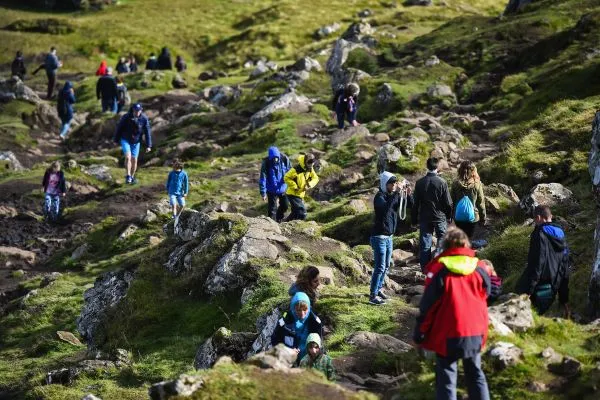
Selfie-mad people hurtle around the Isle of Skye in a day, visiting the Fairy Pools, The Old Man of Storr, The Quiraing, Neist Point and the Coral Beach, but now, a new app, MySkyeTime, is directing them to less-busy alternatives and encourages longer stays. The new app won’t stop honeypot sites being mobbed, but it can bring visitors under control, says Simon Cousins of the SkyeConnect tourism alliance. Similar apps are being considered in other parts of the country to help ease the burden on hotspots.
Seven of the worst-affected UK beauty spots
Here are the top hashtags that generate tens of thousands of views on social media, consequently driving up visitor numbers.
#Darkhedges: 76,000 Instagram posts
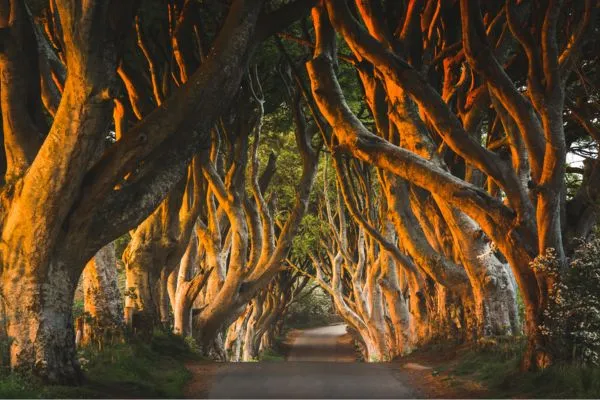
The stunning Dark Hedges tunnel of beech trees in County Antrim featured in TV’s Game of Thrones. It has since been named one of Ireland’s top seven Instagram spots. The road through it became so busy, it has been closed to traffic.
#Durdledoor: 310,000 Instagram posts
The limestone arch of Durdle Door lies by a sandy beach in Dorset. Covid restrictions on foreign travel and rising social-media fame saw the area overwhelmed with people. Human waste, nappies and litter were left behind, and several people were hurt ‘tombstoning’ off the cliffs.
#Oldmanofstorr: 91,000 Instagram posts, 8,000,000 TikTok views
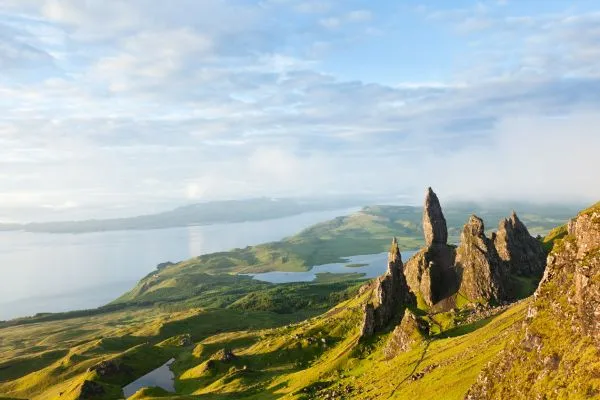
A pinnacle of crumbling basalt, the Old Man of Storr sits on the skyline travelling north from Portree on the Isle of Skye. Around £1m has been spent on rebuilding badly worn paths here, at the Fairy Pools and at the Quiraing because of the sheer numbers of visitors.
#Penyfan: 181,000 Instagram posts
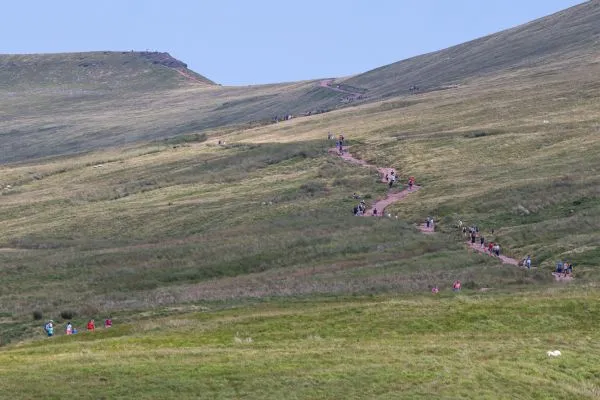
Highest of the peaks in Bannau Brycheiniog, Pen y Fan has become a major selfie draw. Last April, good weather saw hundreds queuing up to half an hour for a selfie on the summit, with police expressing concern about traffic and parking on the main road below.
#Brimhamrocks: 971,000 TikTok views

A maze of stone pinnacles near Pateley Bridge in West Yorkshire, Brimham Rocks has seen visitor numbers grow alongside popularity on social media. Rangers have used Facebook to suggest visitors come early in the day or later to avoid crowds.
#Thegrot: 37,000 TikTok views
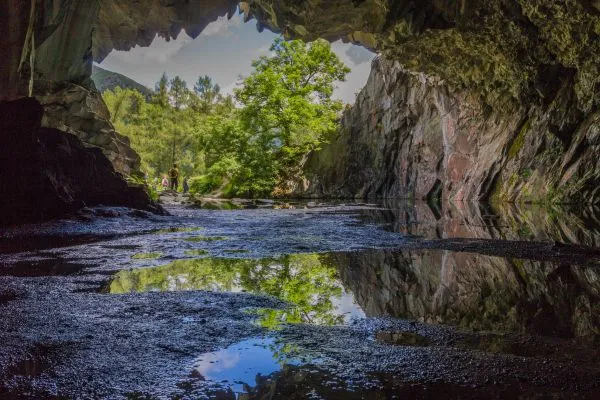
A picturesque shelter by a waterfall at Rydal Hall Estate in the Lake District, the Grotto was a haunt of William Wordsworth. In 2022, it became a popular spot for drug-taking after featuring on TikTok. Police installed CCTV to tackle the problem.
#Porthcurno: 55,000 Instagram posts, 10,200,000 TikTok views
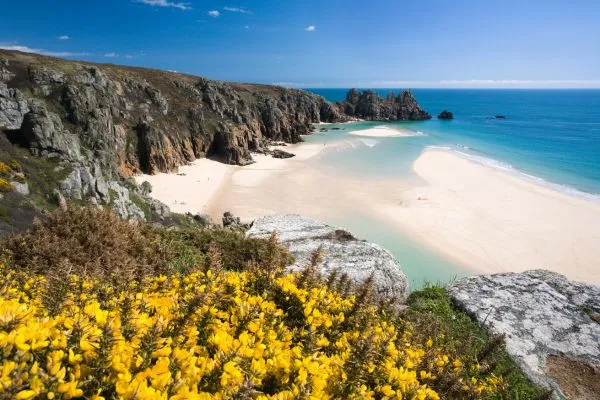
Over the past five years, this spectacular cove and beach in Cornwall has been the subject of traffic jams and police warnings because of overcrowding. A small neighbouring beach, Pedn Vounder, was overrun after photographs of its clear blue water went viral.
Dos and don’ts of social media photography
Every gorgeous image encourages others to walk in your footsteps, so if you post on social media, keep these guidelines in mind:
DO
- Use your captions well. For example, if the scramble to the summit is perilous, wildflowers could be trampled or beaches littered, encourage visitors to be cautious, stick to marked paths and take their rubbish with them.
- Consider whether to geo-tag your location. Is this a fragile ecosystem or habitat, or already at risk of over tourism? Then don’t publish the location. And if it is, should you even post about it on social media at all?
- Stick to paths and rights of way. You risk trampling on precious habitats, plants, invertebrates and crops.
- Get consent to post if other people’s faces are visible in your photo. If children are in the image, ask permission from their parents.
- Follow the Countryside Code. Brush up on how to stay safe, respect nature, farms, wildlife and other outdoor users with these guidelines.
DON’T
- Post selfies with wildlife. Even if a wild bird or animal approaches you, stopping to take a photo may put you and them in danger.
- Put your own safety at risk. Stay well clear of cliff edges, check tide times and avoid the coast during storms.
- Post a photo of yourself doing something reckless.
- You may be an experienced rock climber, but would it be safe for others to climb that cliff to see the view?
- Feed livestock, horses or wildlife to get a shot.
- Encouraging animals to approach humans can be dangerous for everyone involved.
- Photograph nesting birds. Getting too close could frighten birds and lead to abandoned nests.
Tips from wildlife photographer Ross Hoddinott, with additional text from Margaret Bartlett
Are there any benefits to soaring visitor numbers?
Rather than killing the countryside, some believe social-media popularity is bringing new life to it. Insta-tourism gets people interested in the countryside and also creates opportunities. Finnich Glen owner David Young was shocked by its popularity after he leased it to a film crew, but he now sees facilities are needed. Young is planning a £2.7m tourism development around the glen, with a restaurant, visitor centre and viewing bridges, creating jobs for local people.
Cousins says beauty spots made popular on social media drive the Isle of Skye’s £260m-a-year tourism trade. And on the outskirts of Oldham, Tortoishell has been surprised to find B&Bs, cafés and pubs have seen an upturn in trade thanks to the Trinnacles.
Whether places are impacted or not by social media, everyone realises it can’t be stopped. The answer is to try to shape those impacts so both locals and visitors benefit. “It’s no use complaining about it and taking the money it brings,” says Cousins. Siegel concludes: “As long as it’s managed, it can work for people.”
Find out more
Read about Sophie Pavelle's Cornish coast social media adventure and listen to the big issues facing the English countryside, including from social media, from and Chair of Natural England, Tony Juniper on teh CountryFile podcast.